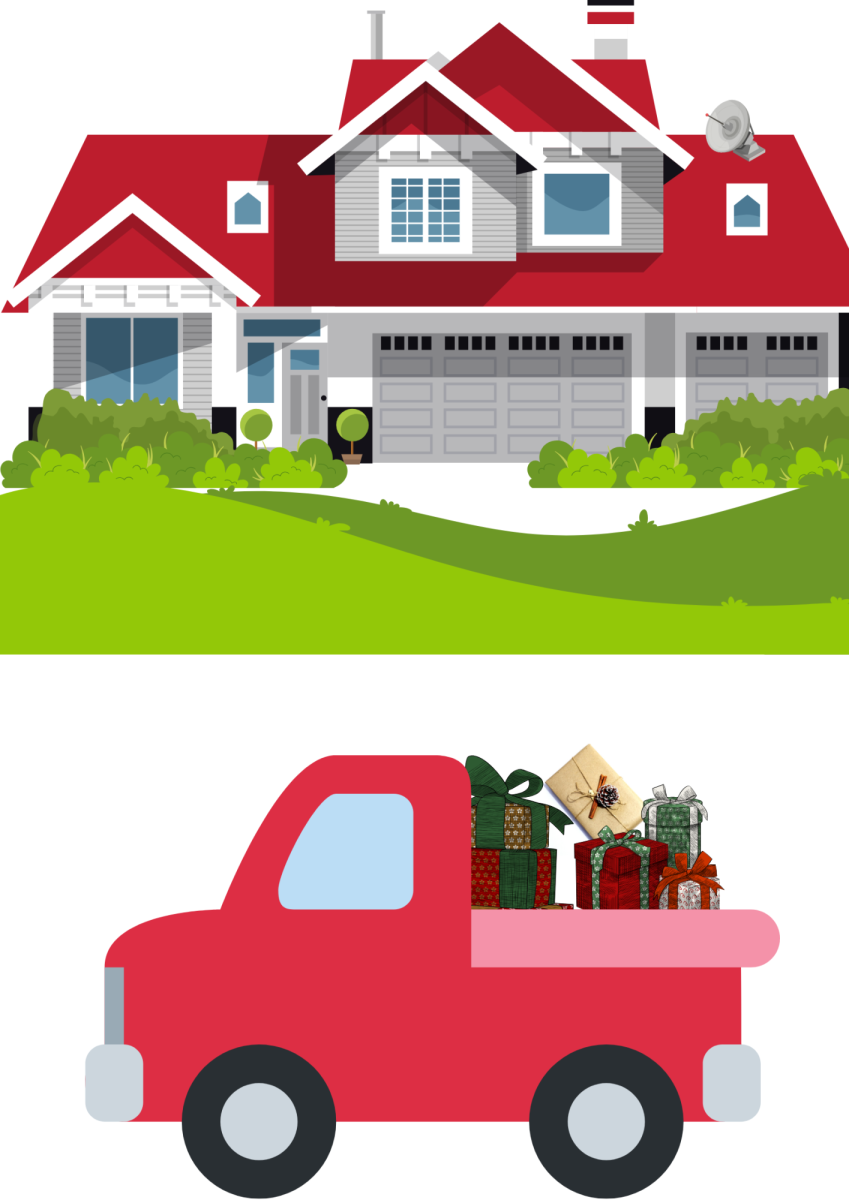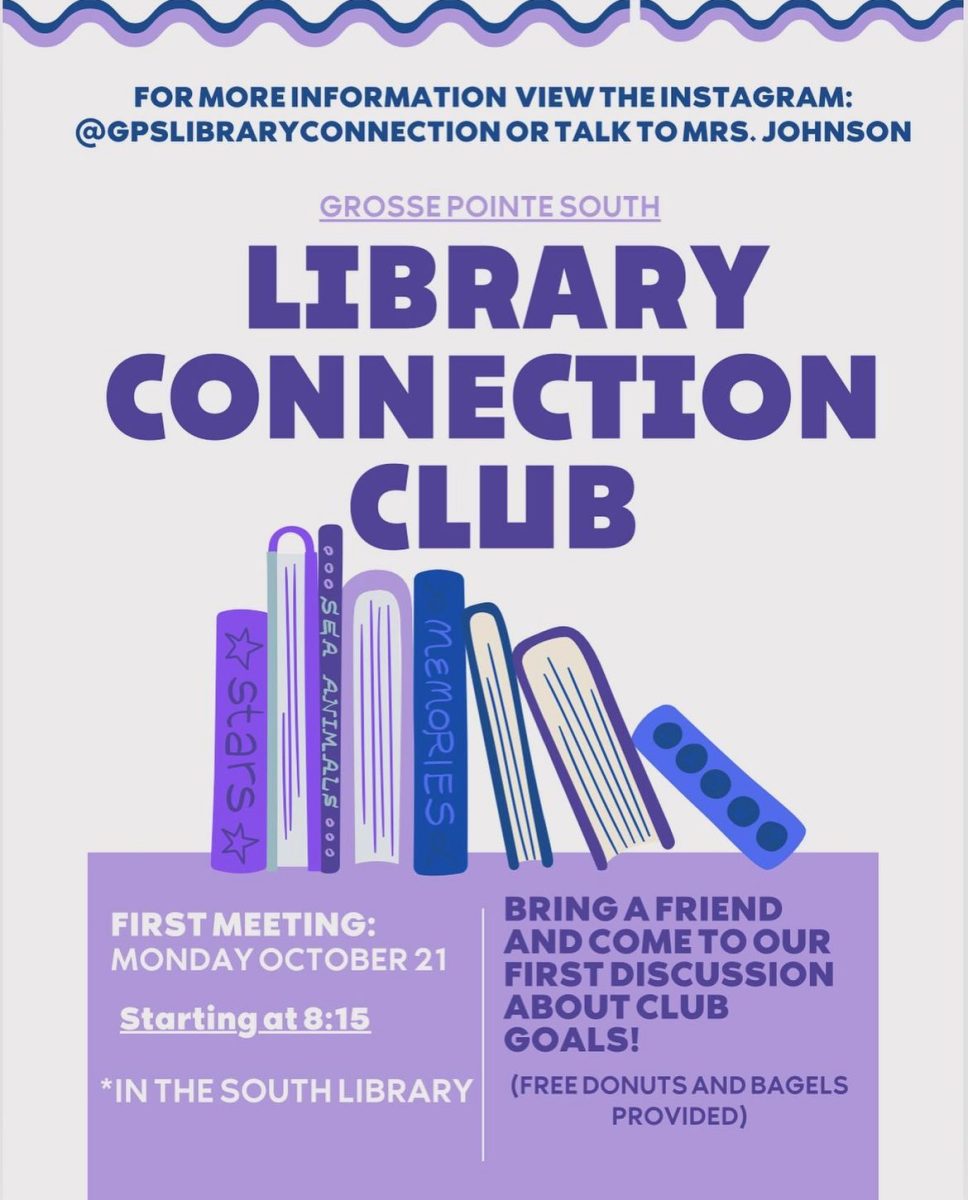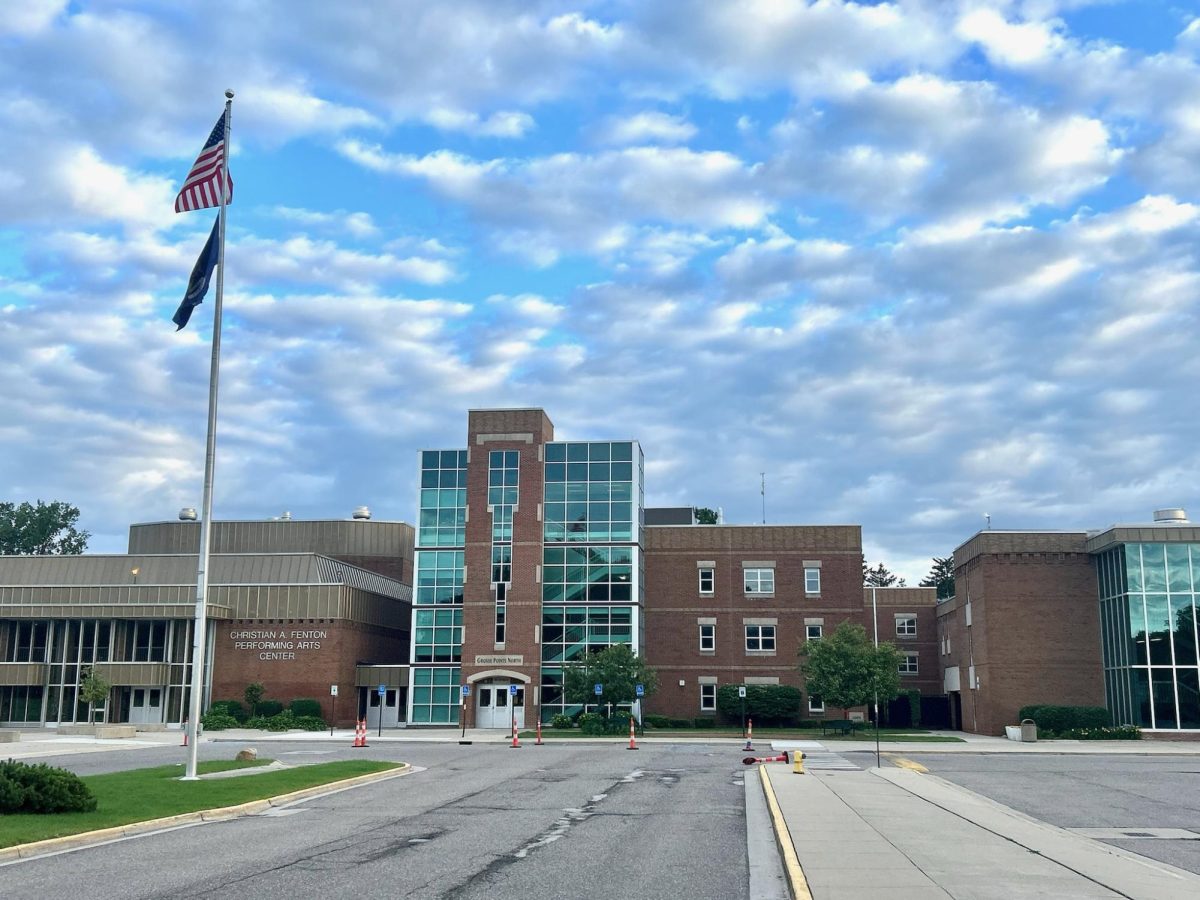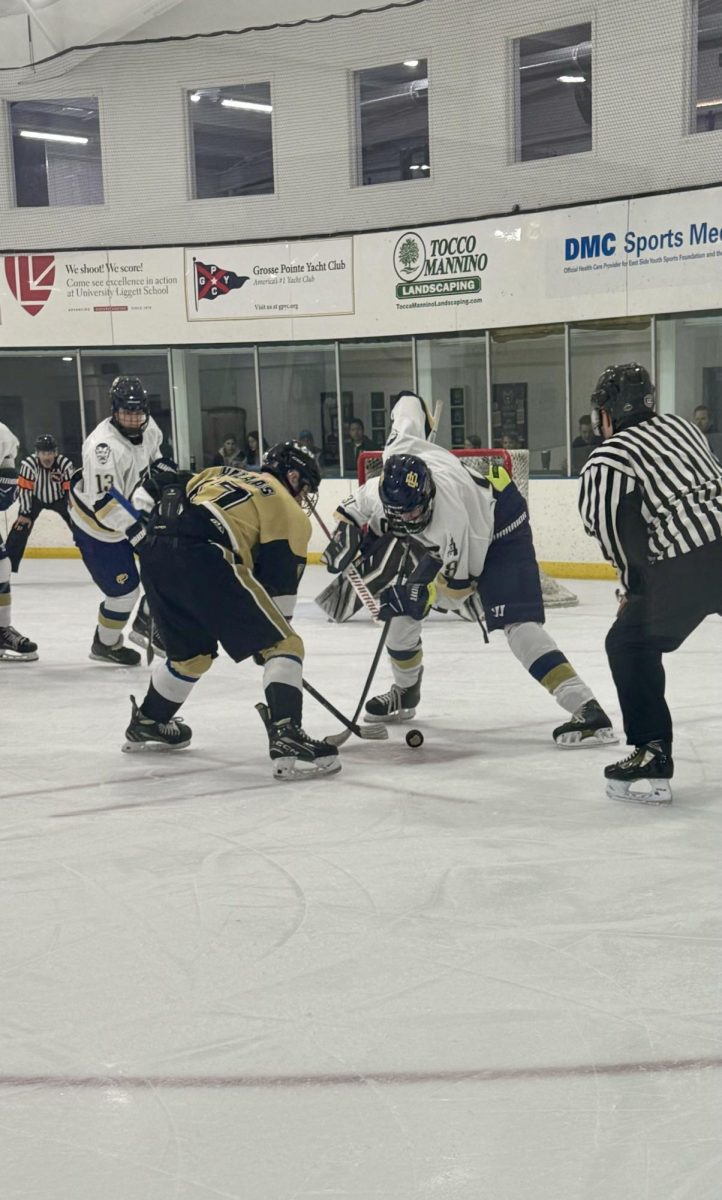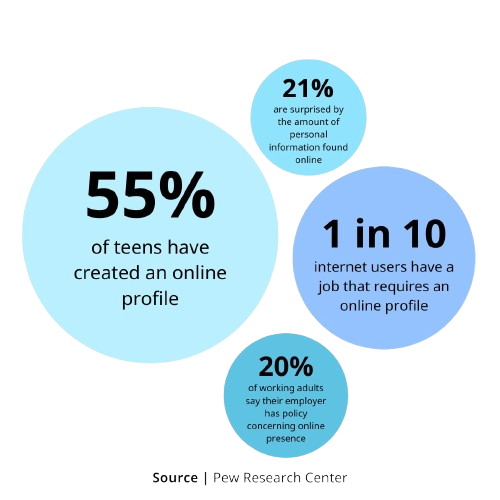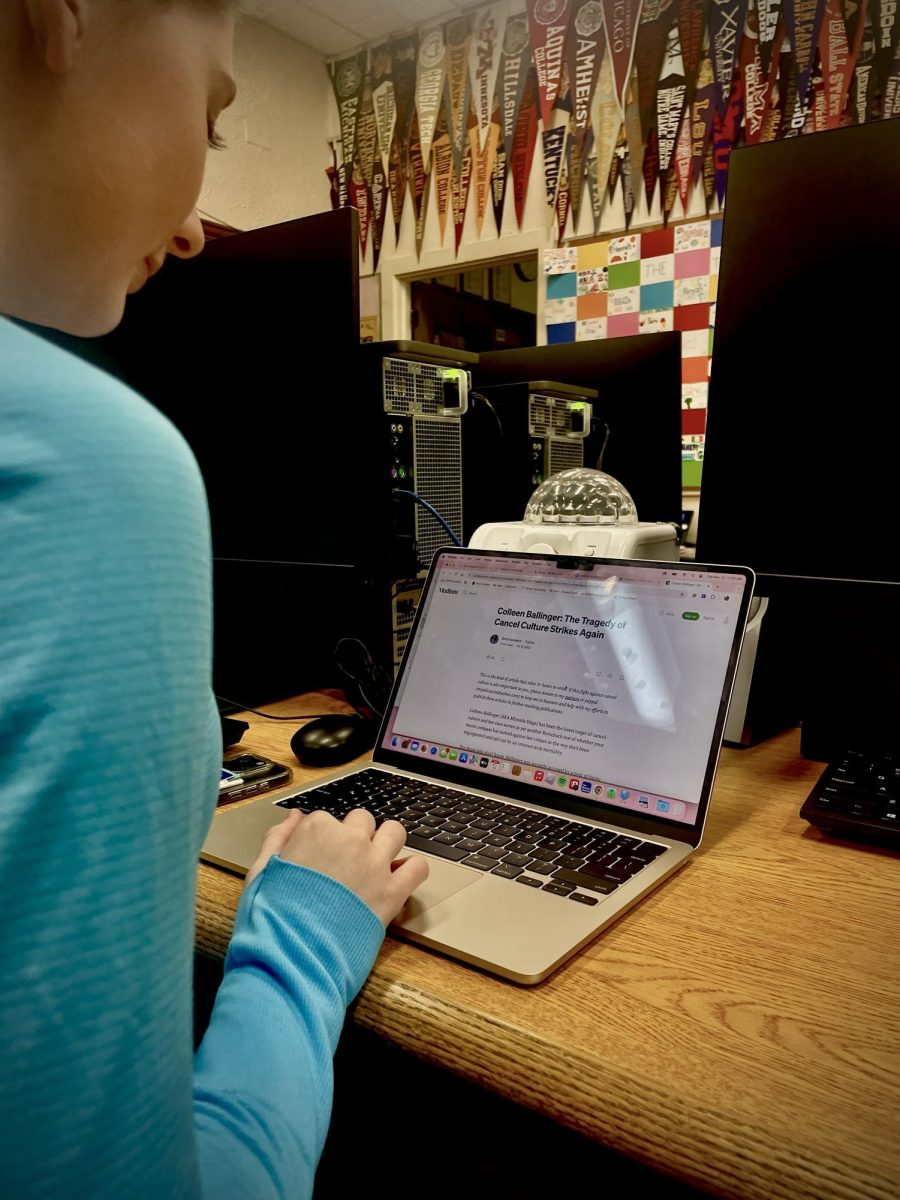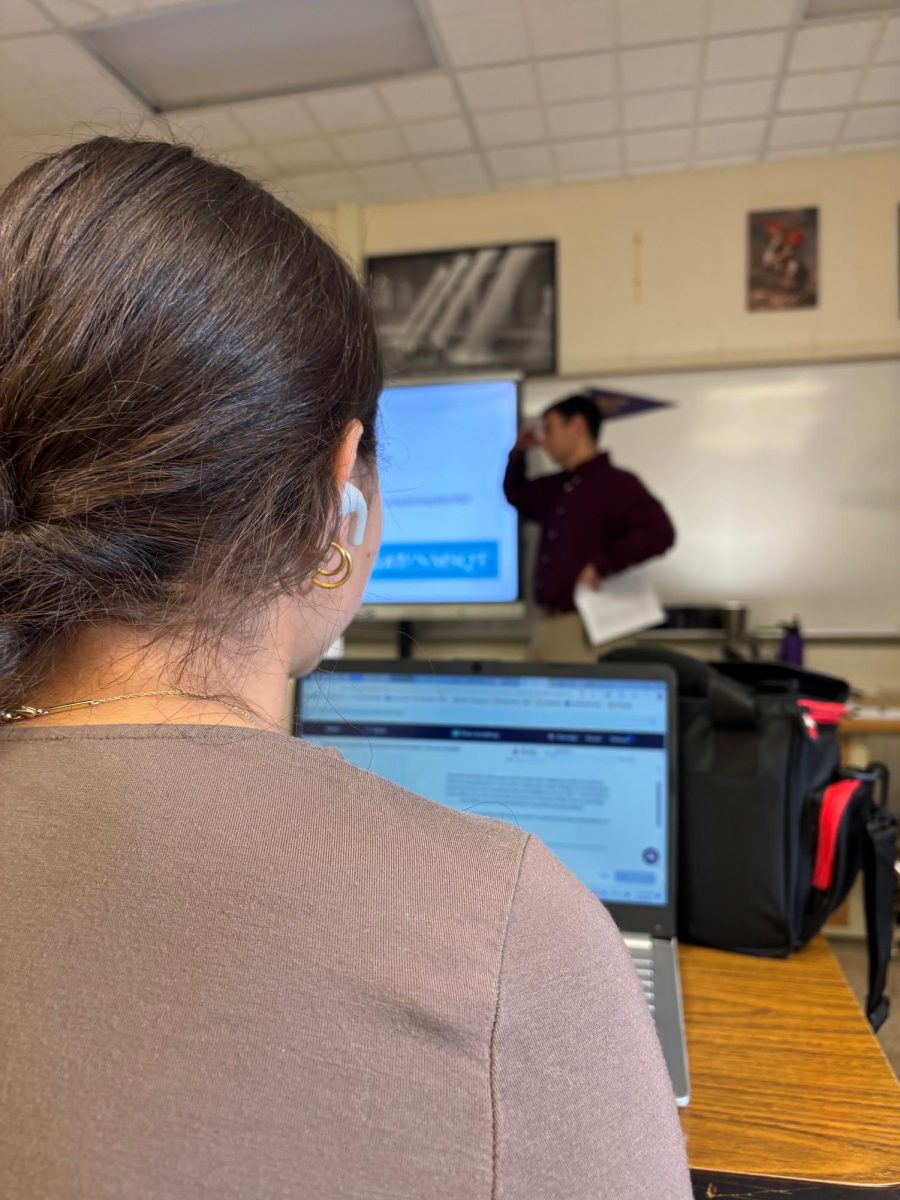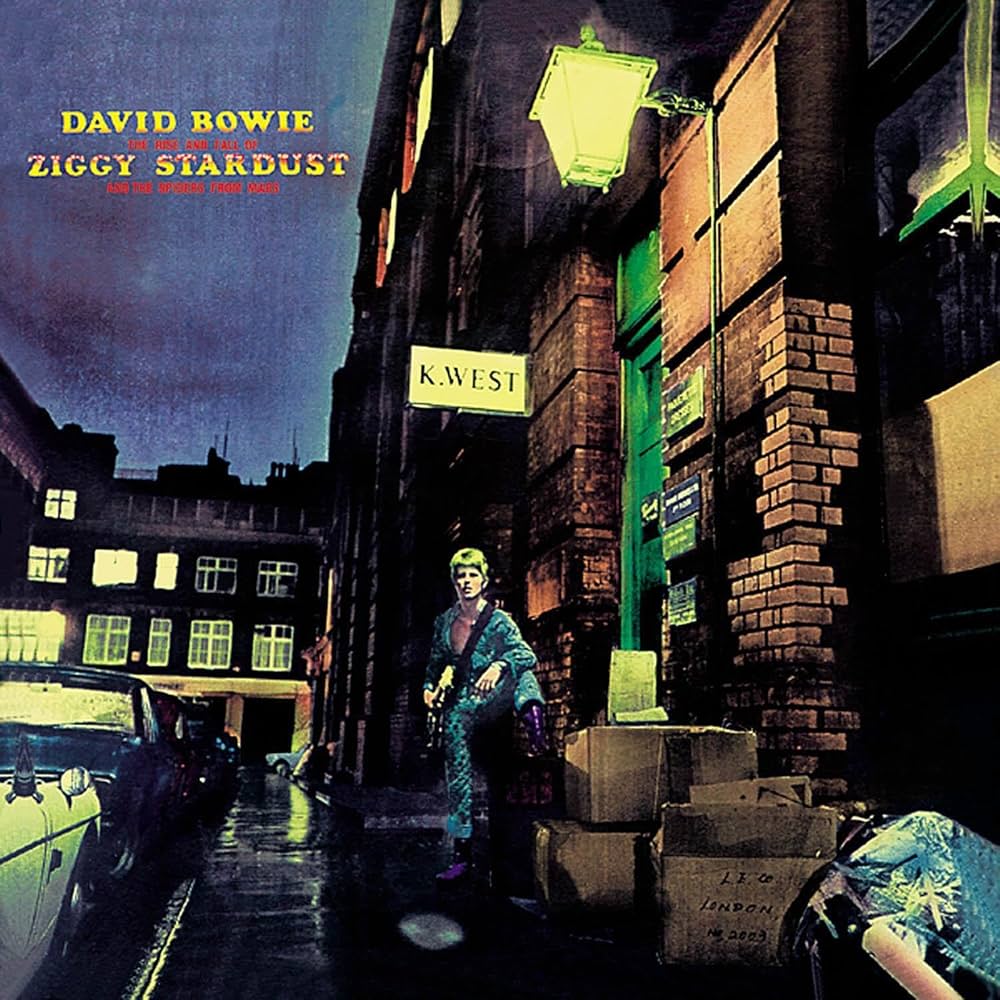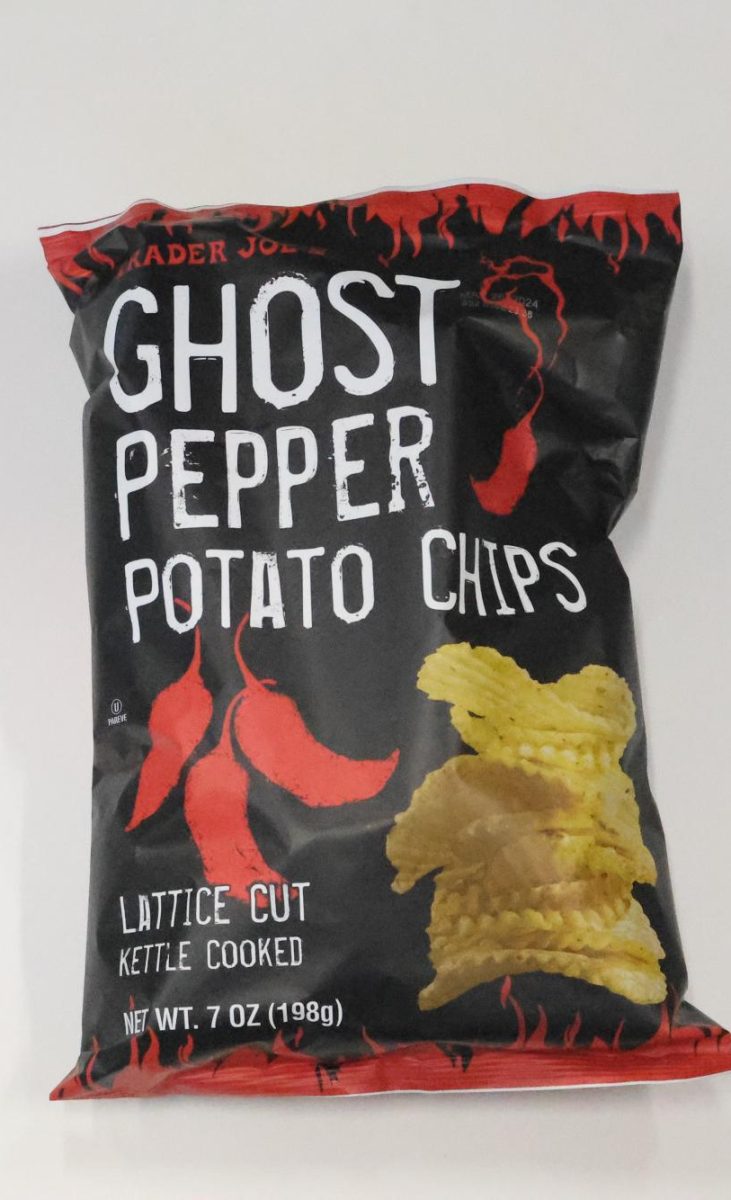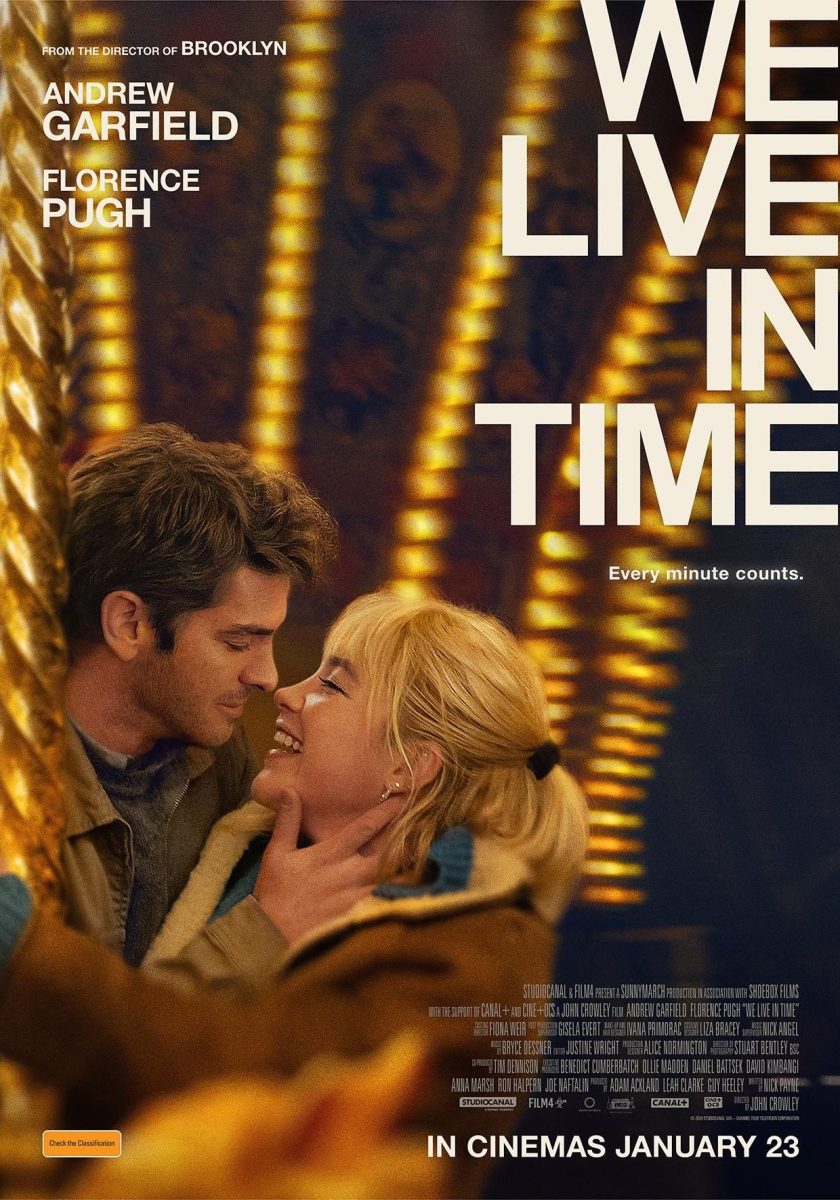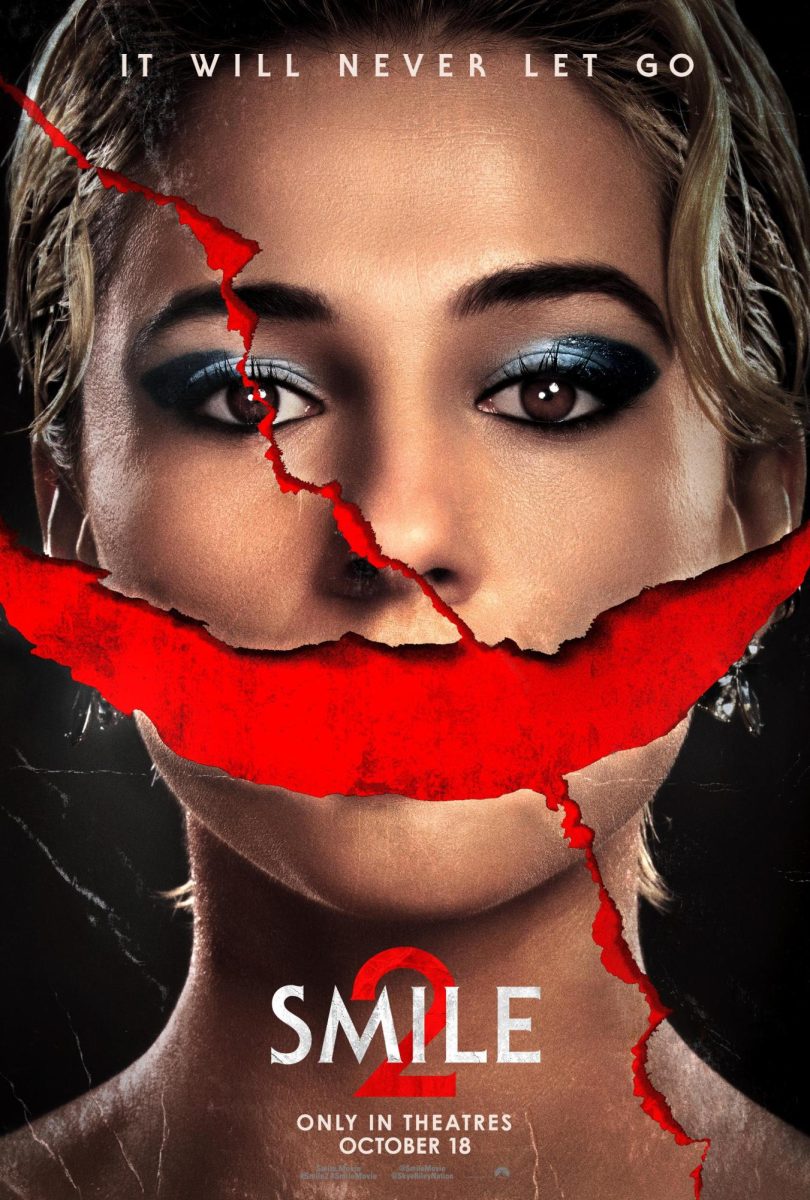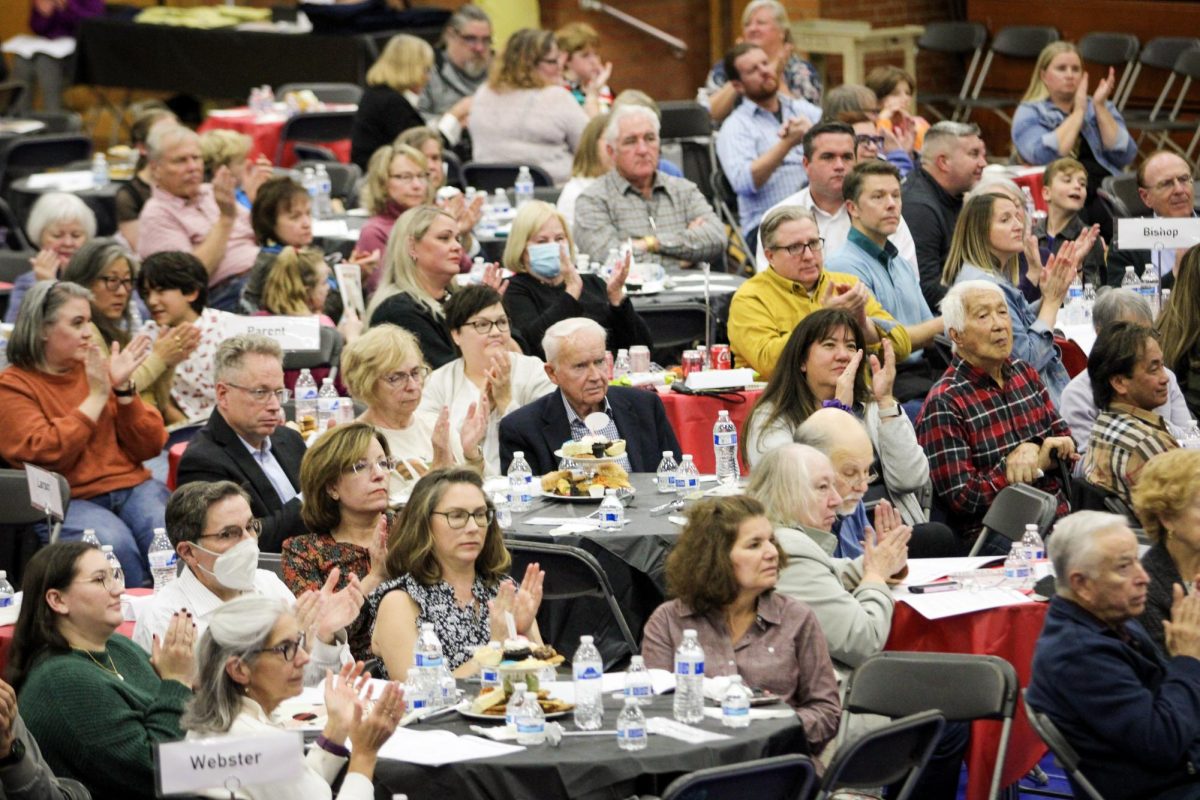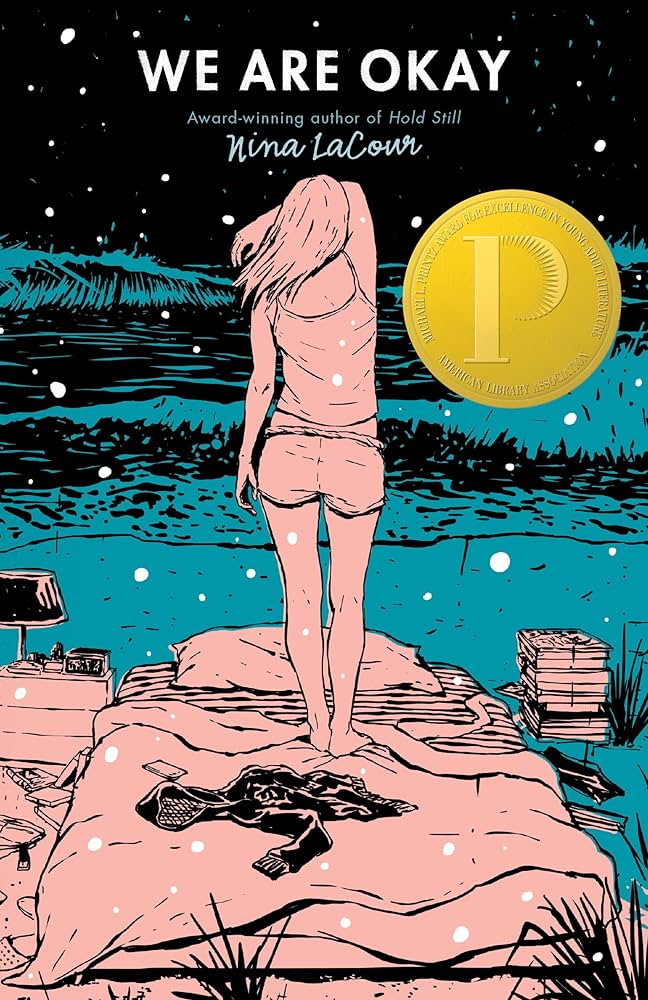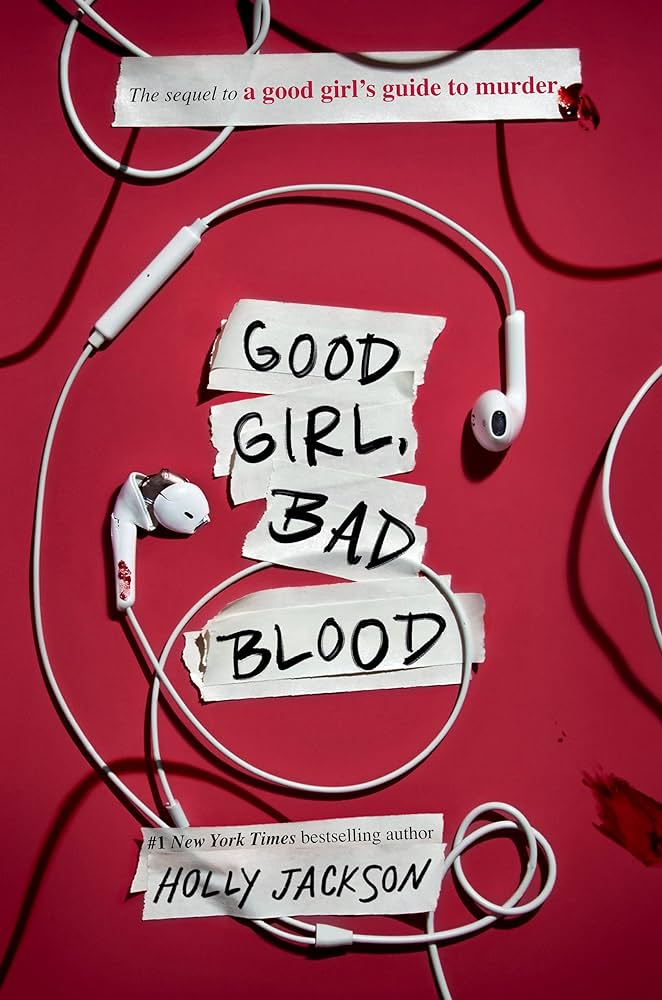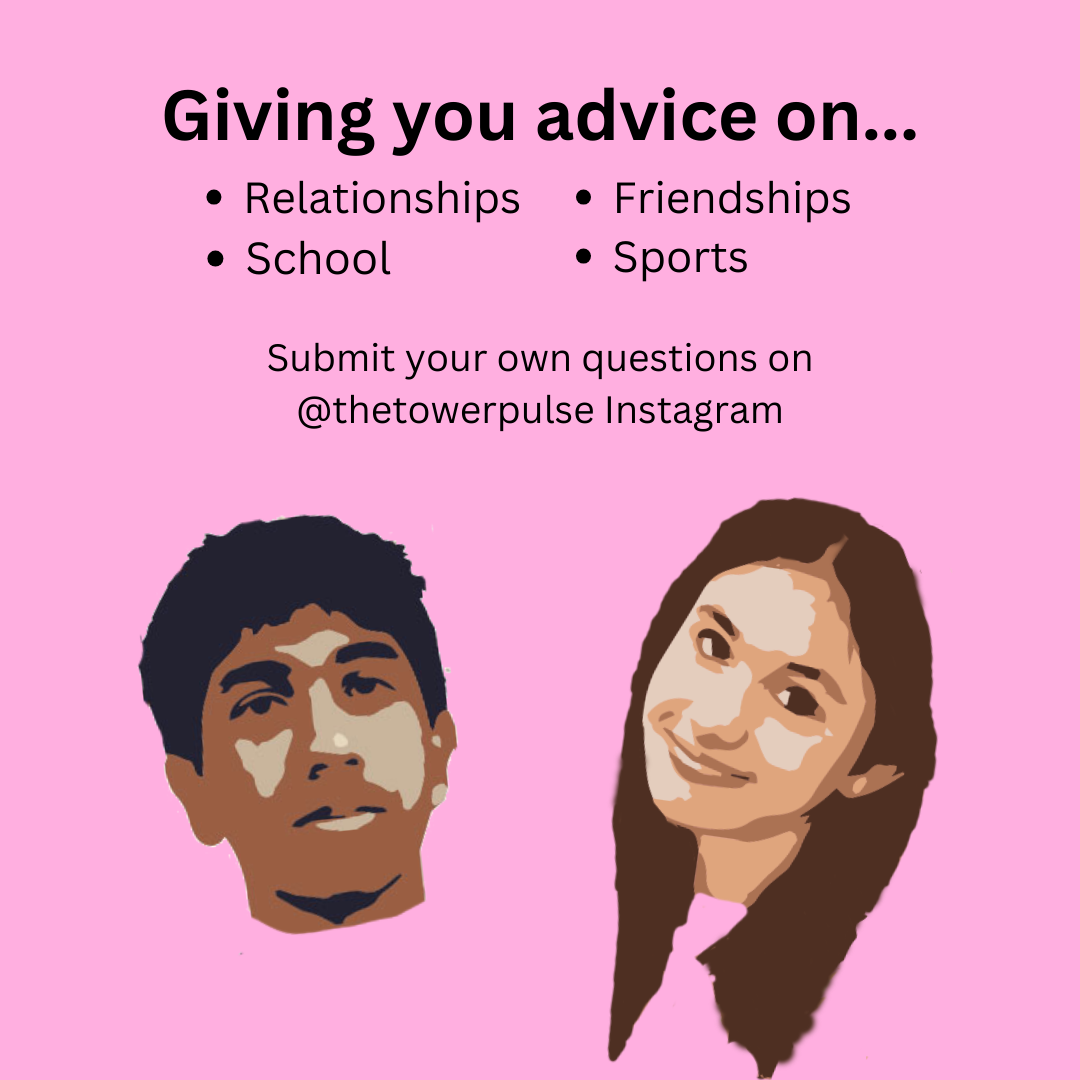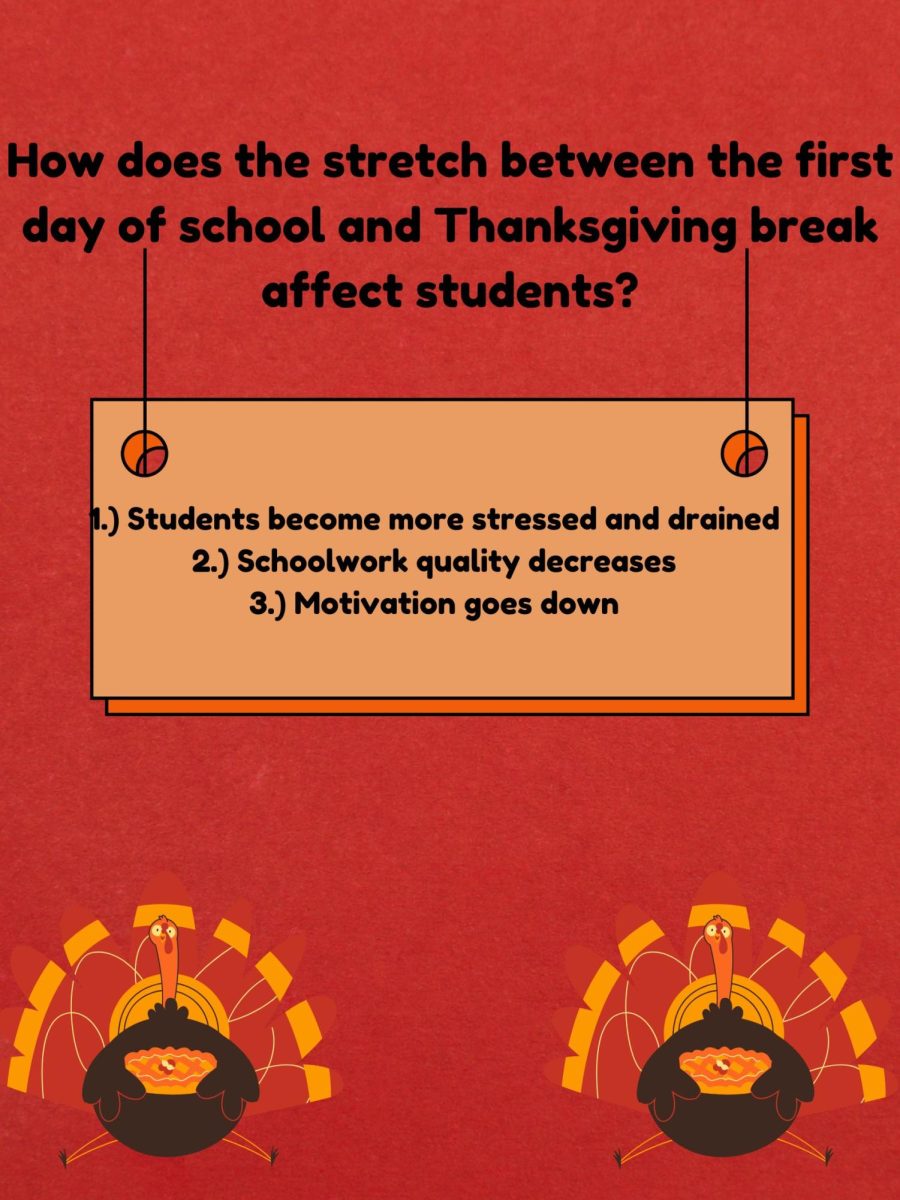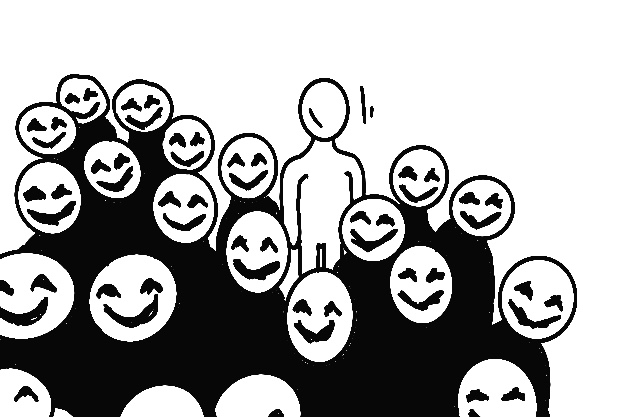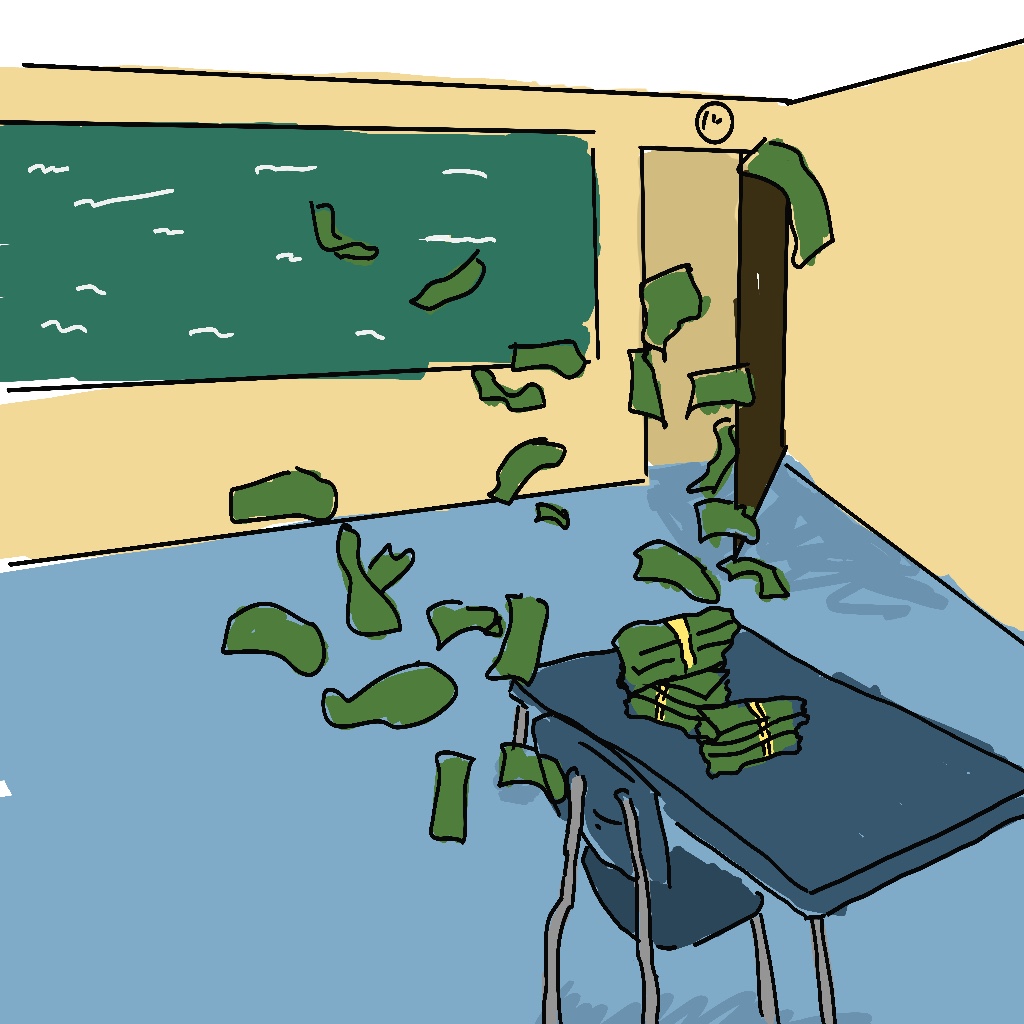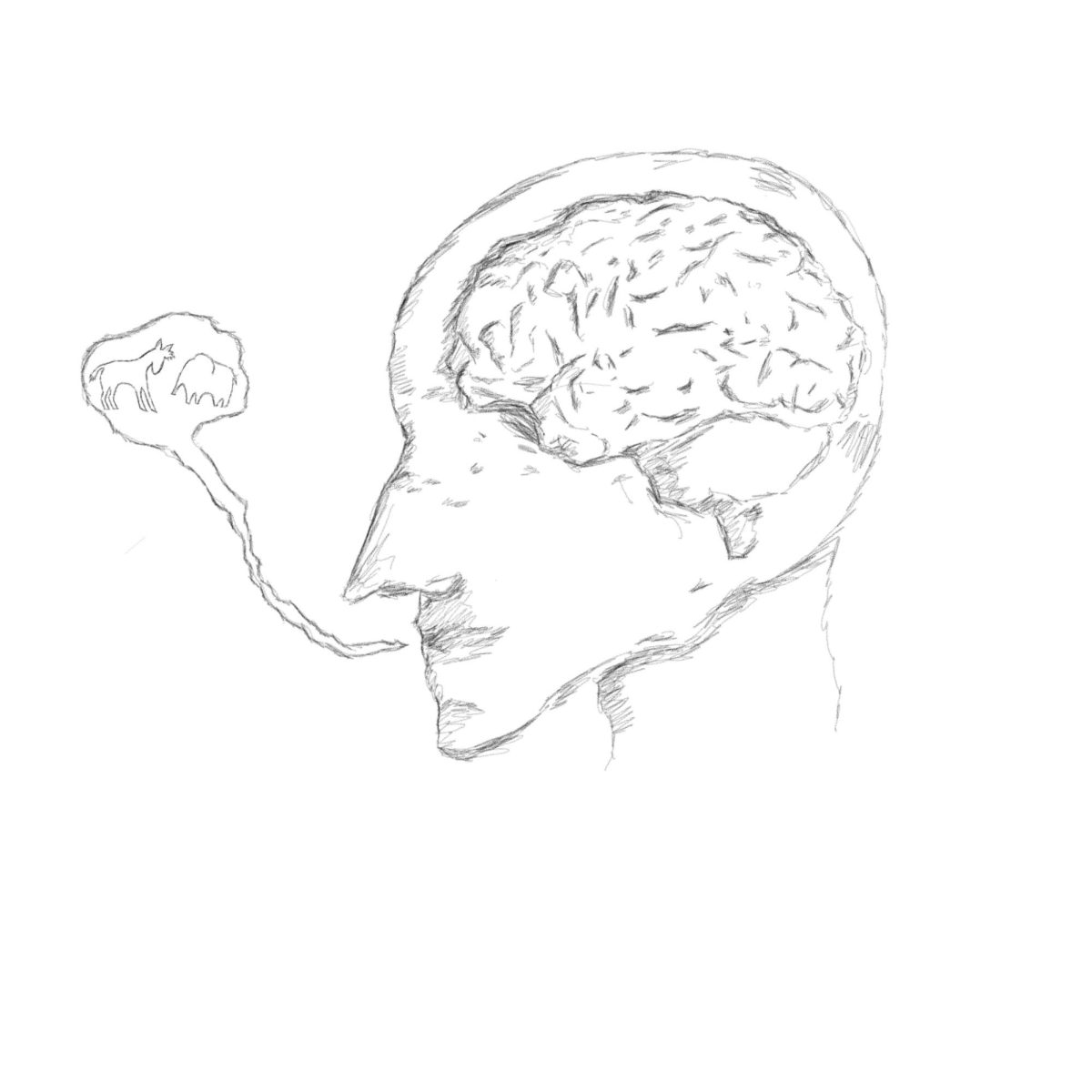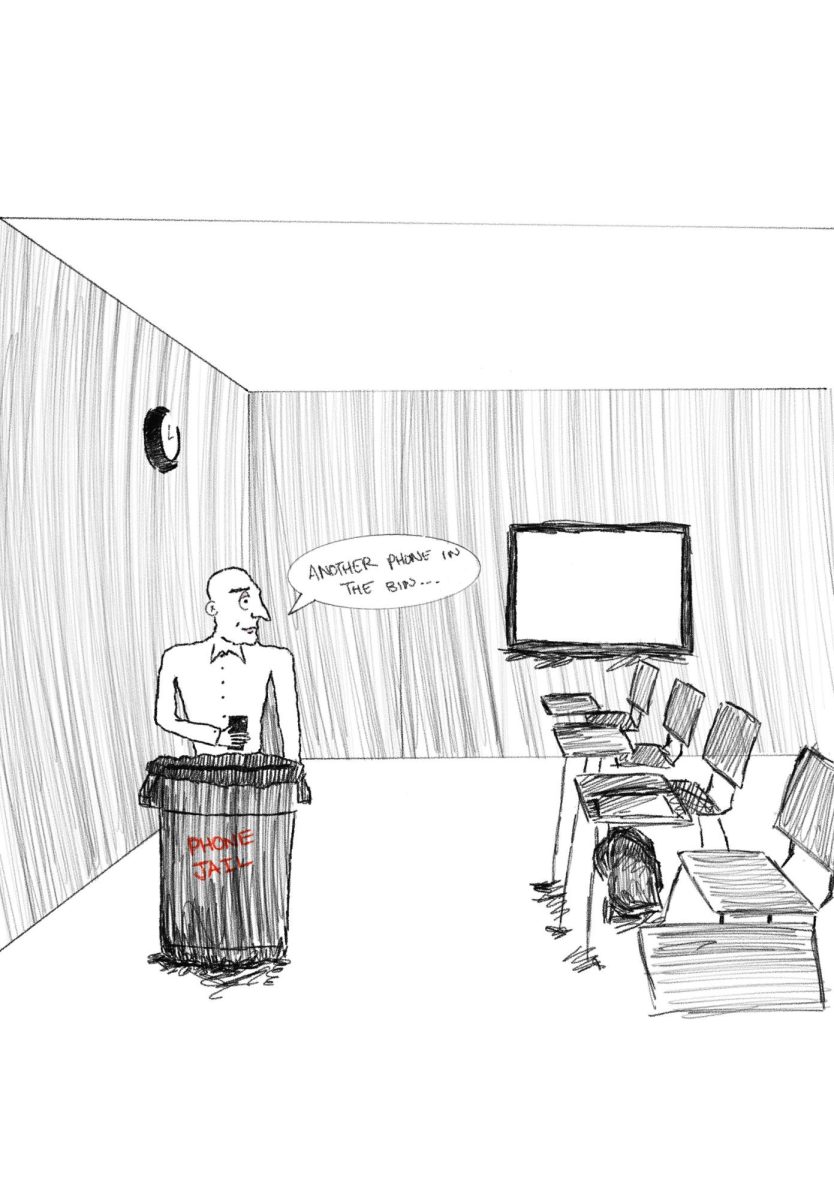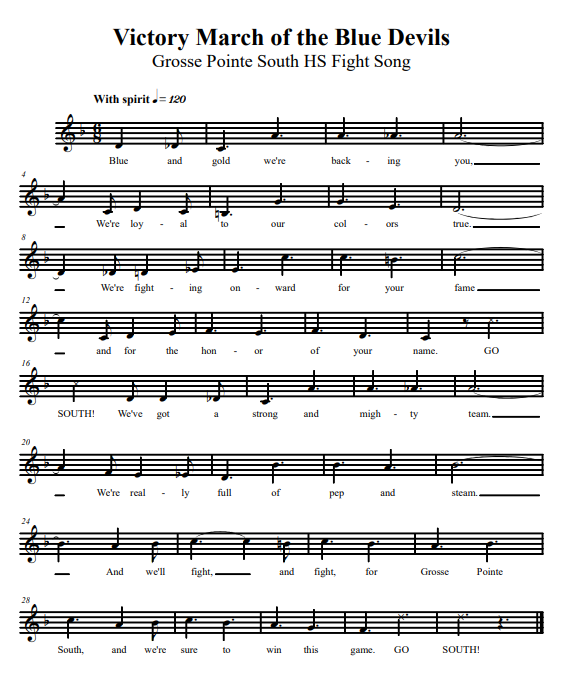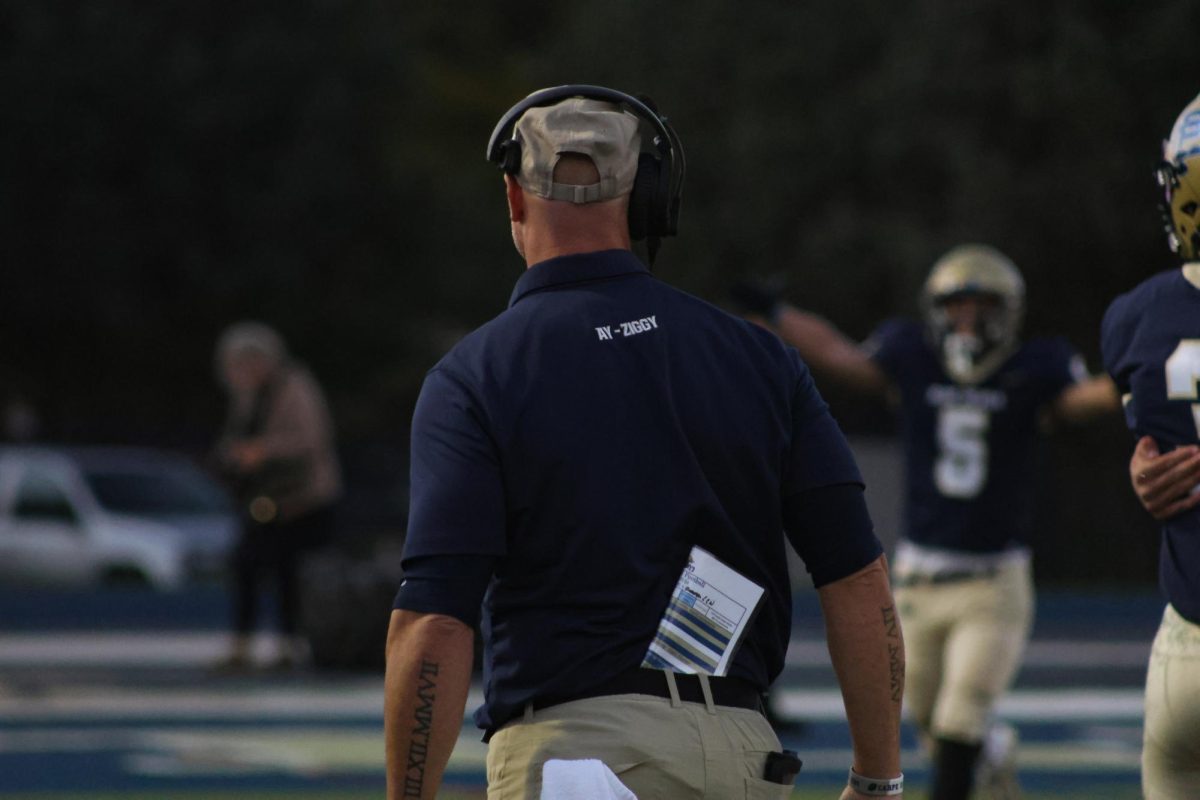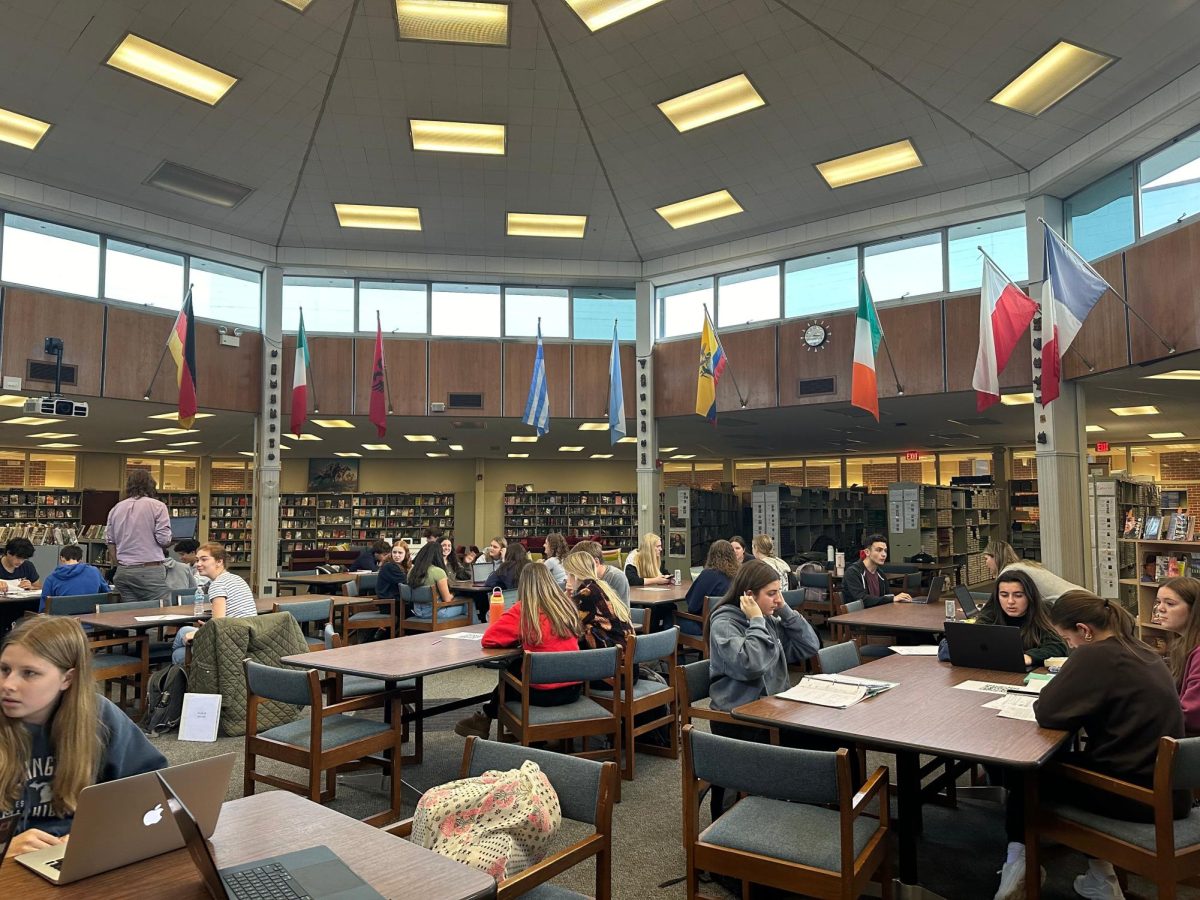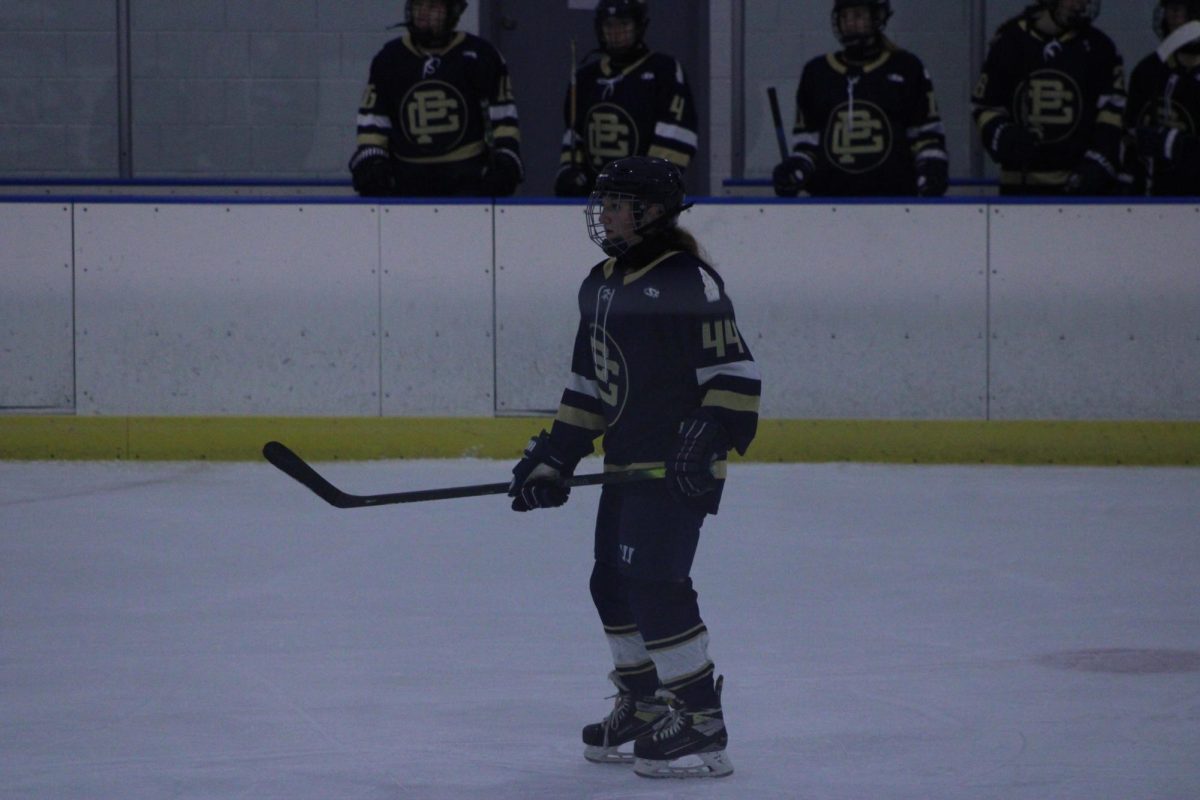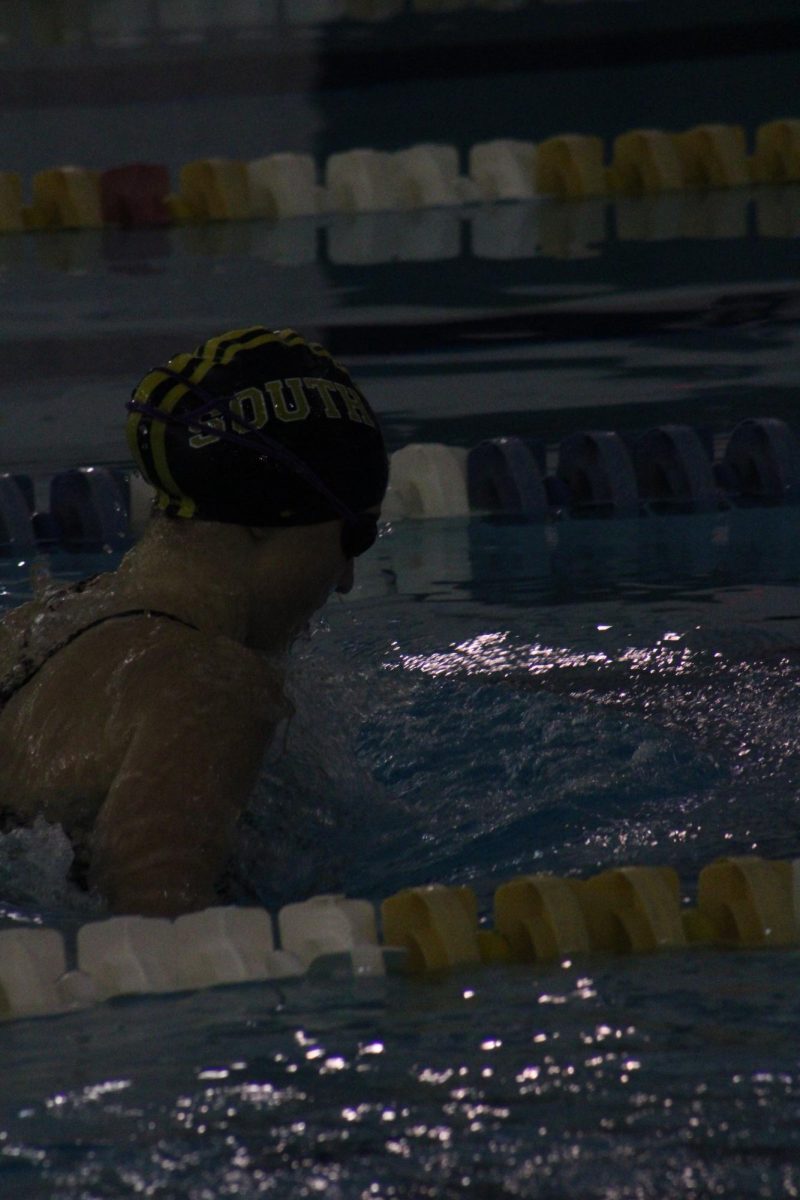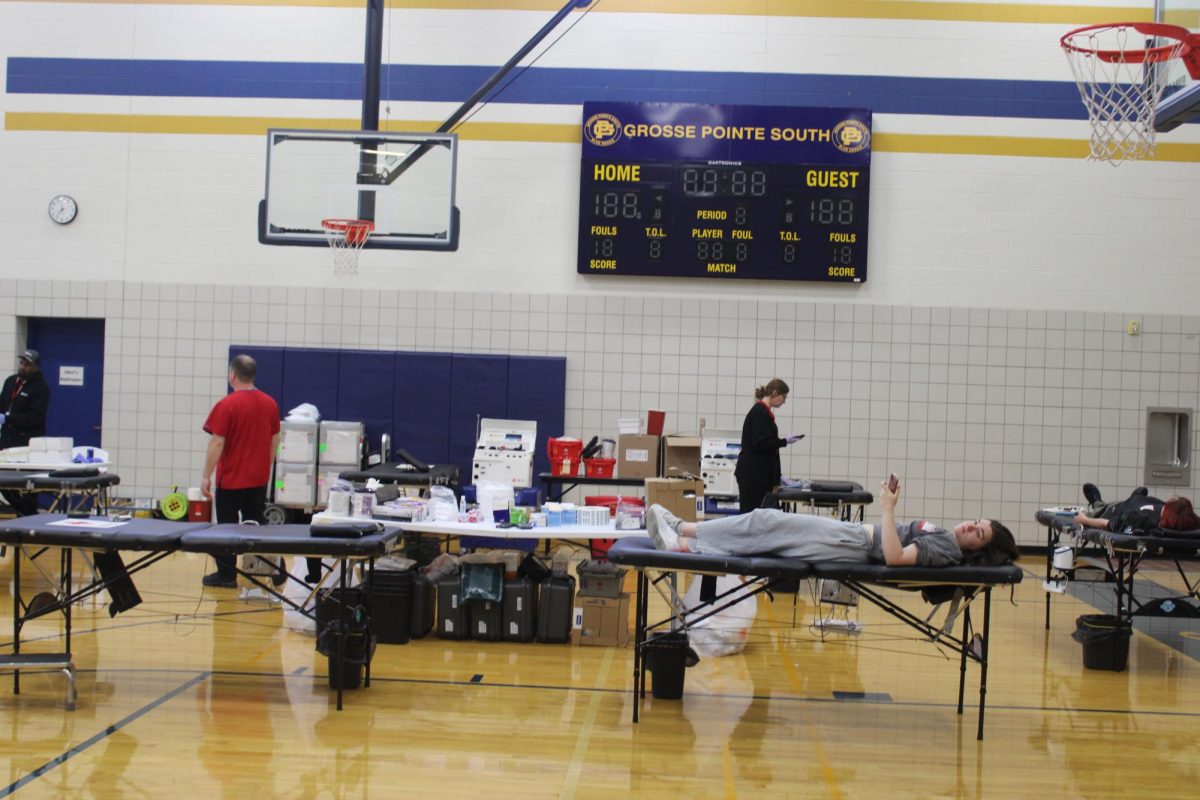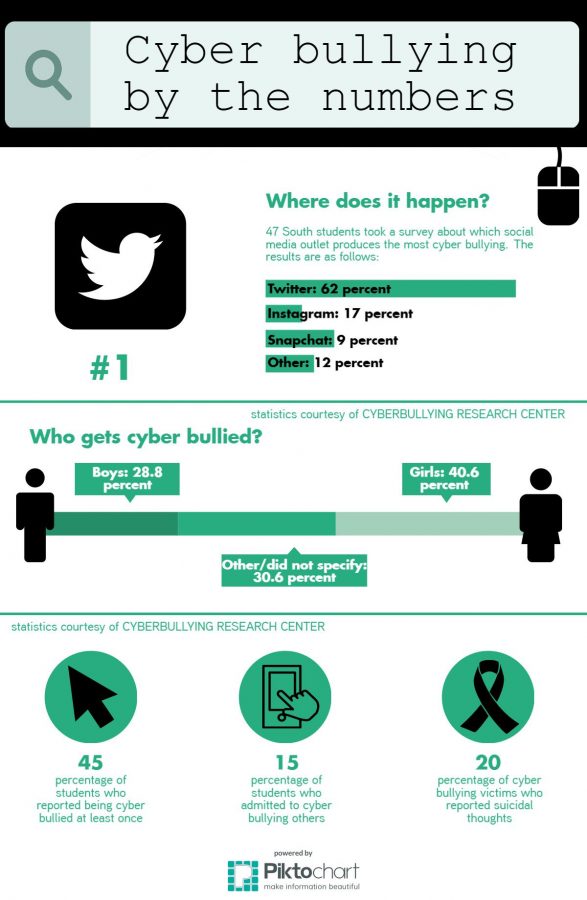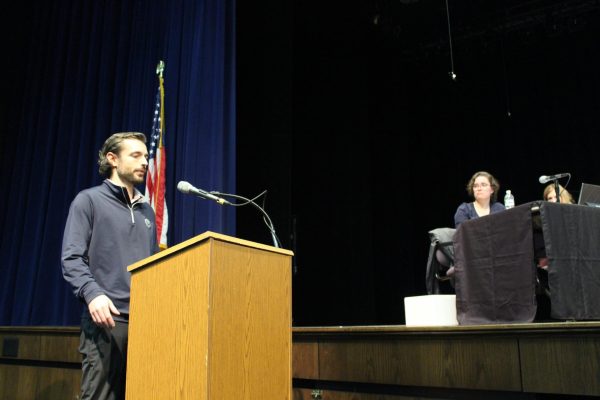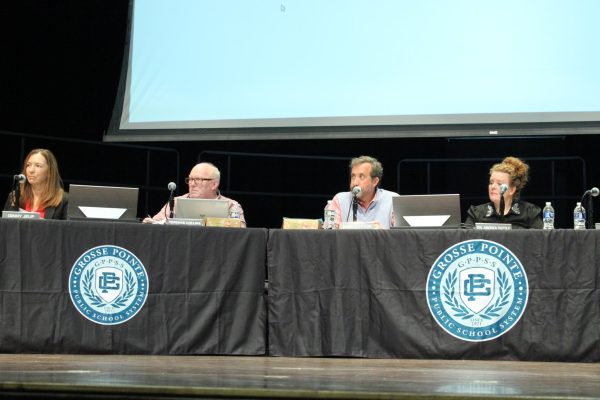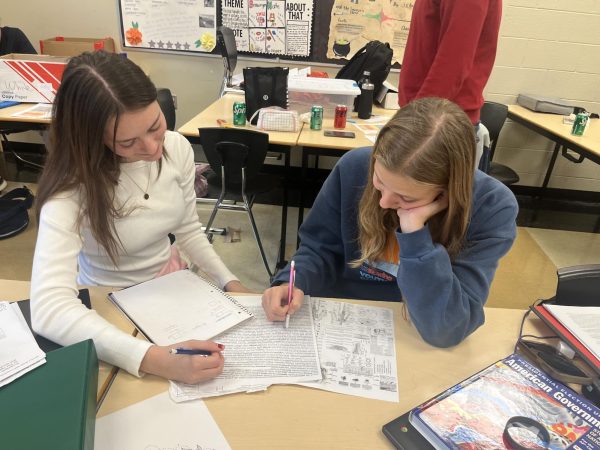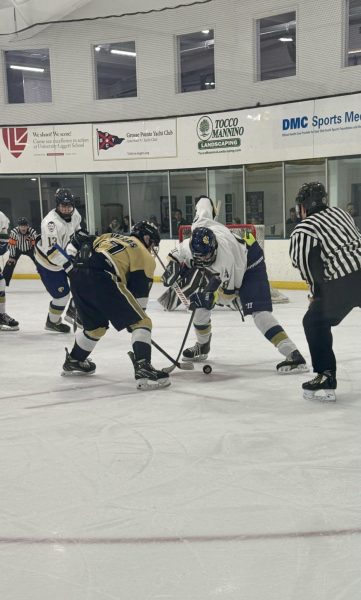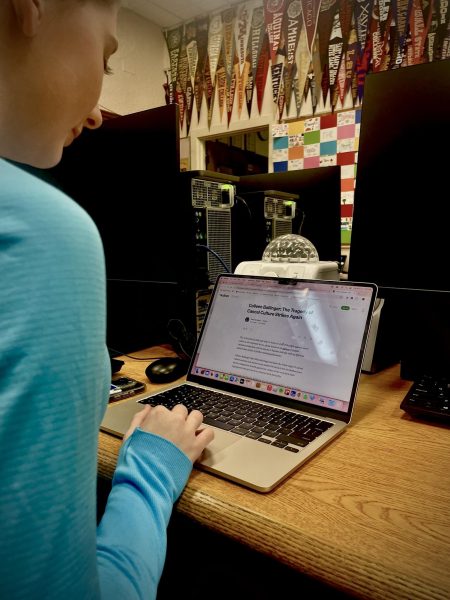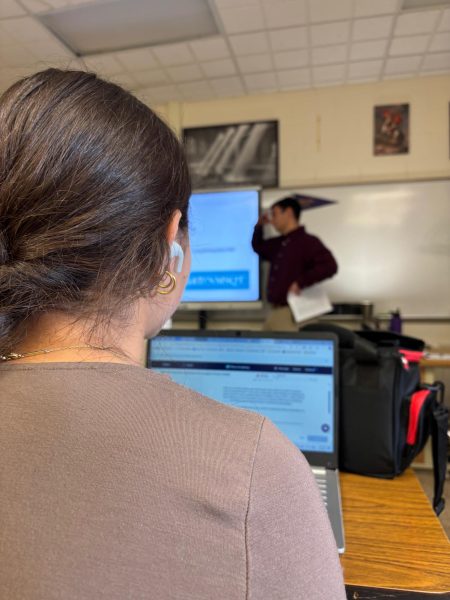How social media is used as a bullying platform
Snapchat, Instagram, Twitter, and more are apps that teenagers commonly use mindlessly and harmlessly. However, sometimes these accounts can turn more dangerous and more harmful when used incorrectly.
According to the Cyberbullying Research Center, 34% of students had experienced cyberbullying in their lifetime. 34% of students said that they had experienced cyberbullying before and 64% of students who had been cyberbullied said that they were impacted negatively at school and felt less safe.
Anonymous accounts, subtweets and other uses of Twitter have been used against the students of South in the past, such as Twitter polls anonymously used against students last year. However, when tweets turn more serious, it can start to pose questions on cyberbullying and more serious topics.
Lisa Khoury, school psychologist, said that most of the students she sees being bullied are bullied online.
“Students have a variety of reasons to say something nasty about another on social media. Most often, I find that students don’t intend to be really mean,” Khoury said. “I don’t think that students fully understand the complete impact of words on another, unless they have been on the receiving end. Sometimes additional students ‘like’ or ‘retweet’ nasty comments because they don’t want to stand up to the student doing the bullying.”
Lowell Levine, CEO of the Stop Bullying Now Foundation, said that Twitter is part of the problem for students being bullied online.
“Twitter is part of social media as long as it is forwarded on the internet. Facebook, Twitter, Twitter, Instagram, these are avenues where children can be badly bullied and harmed,” Levine said.
Dan Reidenberg, executive director for the Suicide Awareness Voices of Education, managing director of the National Council for Suicide Prevention and U.S. representative for the International Association of Suicide Prevention, said that Twitter can also be used in a positive way, but some students will use it negatively.
“For some, (Twitter) is really useful to communicate. For others, it can be used inappropriately to try and hurt others. What is important to remember is that it is not the platform (Twitter) that is causing the problem, it is those using the platform who are causing the problem,” Reidenberg said. “Students range from enjoying being more connected and the opportunity to engage with others all the way to being hurt by others using social media. Students have also been impacted by social media merely in terms of volume of use.”
Hannah Thompson ‘19 said that though the bullying often times doesn’t take place in the school day, it is still inappropriate to bully students online.
“Even though it’s outside of school and people are entitled to their own opinions through freedom of speech, there’s still a line that’s being crossed because it’s still a form of bullying. It isn’t a good thing,” Thompson said.



